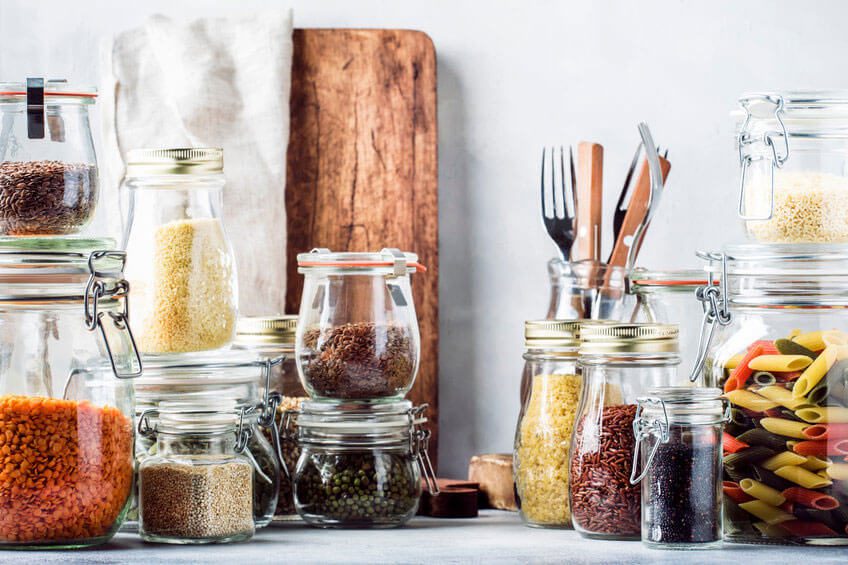
Even the most experienced cooks have the occasional kitchen disaster. There’s nothing more frustrating than spending an hour or so making dinner or baking a special treat only to have it flop. Here are some helpful tips for novices and reminders for pros:
- Read the entire recipe. Twice. I am not the most patient person in the world (understatement) but this is a crucial step. First, make sure you have all the listed ingredients.
- If the recipe calls for baking, preheat your oven and leave it at the desired temperature for 5-10 minutes before adding the food. This ensures an even, accurate temperature which will yield the best results.
- Timers can be your best friend. First, set your timer for a few minutes less than the stated time. Nothing is more heartbreaking than discovering your hard work ruined. Even food that is a bit overcooked loses its optimum flavor. You can always add time to the cooking process, but you can never subtract it once it happens. Next, set two timers for anything you put in the oven or otherwise need to keep tabs on. Odds are you will be preparing several dishes and it’s possible you might miss the first “ding”! I use my oven timer and then set the alarm on my phone as backup.
- If chopping is involved (and it usually is), give your knife a few swipes on the sharpener before use. Bonus if you sharpen it afterwards as well!
- Mix dry ingredients separately from wet. Then add wet to dry. Most recipes will include these directions but it’s a good habit to establish.
- Check contents and expiration dates too! Just because there is a tub of vegan cream cheese in the fridge, you want to make sure you aren’t surprised by a fringe of green mold when you take off the lid. And yes, there is a bottle of vanilla extract in the cabinet but make sure it’s not almost empty – the dark brown bottle makes it hard to see when there are only a few teaspoons left.
- Chill time! No, I’m not telling you to relax. I’m warning you that some recipes – veggie burgers for example – require time to chill before cooking. This can put a serious dent in your dinner timeline if you’re unprepared.
- Next day miracle. Ever notice that some things always taste better the next day? Think banana bread, chili, etc.

